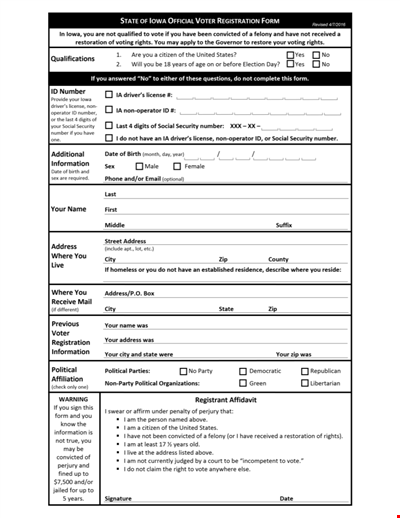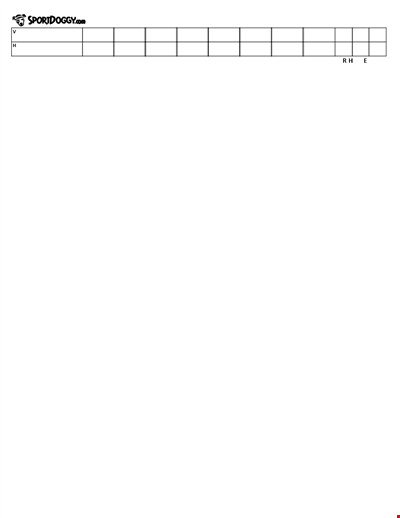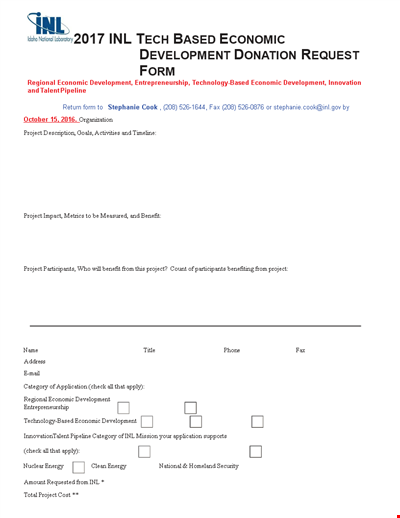/9e737976-c3f2-4461-9f5a-d2c87a9d5119.png)
Grading Rubric Sample Template
Review Rating Score
If you are tasked with designing a grading rubric for a presentation and looking for a convenient and professional template, you're in luck! At BizzLibrary.com, we offer a comprehensive Grading Rubric Template that will help you assess presentations effectively and efficiently.
Why Use a Grading Rubric?
A grading rubric is a valuable tool that provides a clear and consistent evaluation framework for assessing presentations. It allows you to objectively assess student performances based on specific criteria and provide constructive feedback. Here's why using a grading rubric is beneficial:
- Standardized Evaluation: Using a rubric ensures consistency and fairness in the evaluation process. It helps eliminate subjectivity and provides clear guidelines for grading.
- Clear Expectations: A rubric outlines the expectations and performance criteria for the presentation, helping students understand what is required to achieve a particular score.
- Feedback and Improvement: By breaking down the evaluation into different categories, a rubric allows you to provide targeted feedback to students, highlighting areas of strength and areas that need improvement.
- Efficient Grading: Having a rubric streamlines the grading process, making it easier and faster for you to evaluate multiple presentations.
Designing an Effective Grading Rubric
When designing a grading rubric for a presentation, consider the following factors:
- Criteria and Scoring: Identify the specific criteria you will assess, such as content, organization, delivery, visuals, etc. Assign a point value or scoring scale to each criterion to quantify the assessment.
- Audience and Purpose: Tailor your rubric to the target audience and the purpose of the presentation. The criteria should align with the learning objectives and expectations of the assignment.
- Use of Language: Ensure that the rubric uses clear language, avoiding technical jargon or ambiguous terms. Students should be able to understand the criteria and expectations easily.
- Levels of Proficiency: Include different levels of proficiency or performance for each criterion to distinguish between excellent, average, and poor performances.
- Weightage and Total Score: Determine the weightage of each criterion and calculate the total score accordingly. This allows you to reflect the importance of different aspects of the presentation.
Download the Grading Rubric Template
Save time and ensure consistency in your grading process by downloading our professionally designed Grading Rubric Template in DOCX format. Simply visit BizzLibrary.com to access this invaluable tool and many other document templates.
Remember, using a well-structured grading rubric enhances fairness, provides valuable feedback to students, and encourages continuous improvement. Don't wait, download our Grading Rubric Template today and streamline your assessment process!
Is the template content above helpful?
Thanks for letting us know!
Reviews
Maura Mccoy(7/20/2023) - GBR
Very good!!
Last modified
Our Latest Blog
- A Guide to Make a Business Plan That Really Works
- The Importance of Vehicle Inspections in Rent-to-Own Car Agreements
- Setting Up Your E-mail Marketing for Your Business: The Blueprint to Skyrocketing Engagement and Sales
- The Power of Document Templates: Enhancing Efficiency and Streamlining Workflows
Template Tags
Need help?
We are standing by to assist you. Please keep in mind we are not licensed attorneys and cannot address any legal related questions.
-
Chat
Online - Email
Send a message
You May Also Like

Open House Sign-in Sheet

Printable Voter Registration Form

Department Material Requisition Form

Softball Box Score Sheet Template - Track game stats efficiently

Manage Your Finances with Our Free Printable Bill Payment Schedule Template

Tech-Based Economic Development Donation Request

Business Commercial Lease Rental Application Form - Apply for a Lease

Child Medical Power of Attorney Form - Granting Parental Rights to Caregiver

Easter Social Media Post

Get the Best Open House Showing Sign In Sheet Template Here

Understanding the Likert Scale: Neither Concerned nor Unconcerned

Weekly Office Supply Inventory List Example

Material Transfer Form (University)

Design Work Order Form

Printable Large Oblique Graph Paper

Modern School Technology: Enhancing Education through Innovative Tools and Solutions